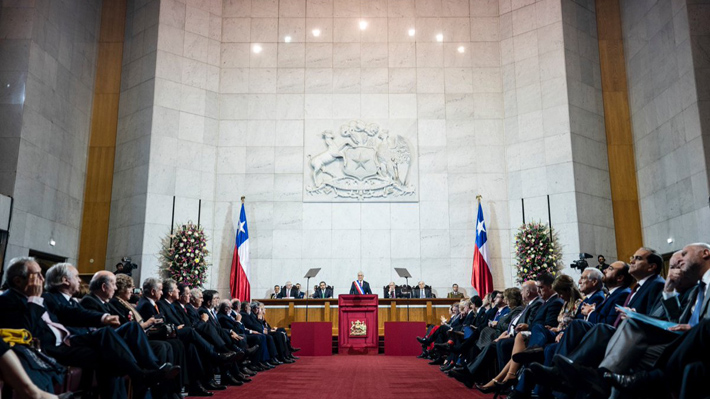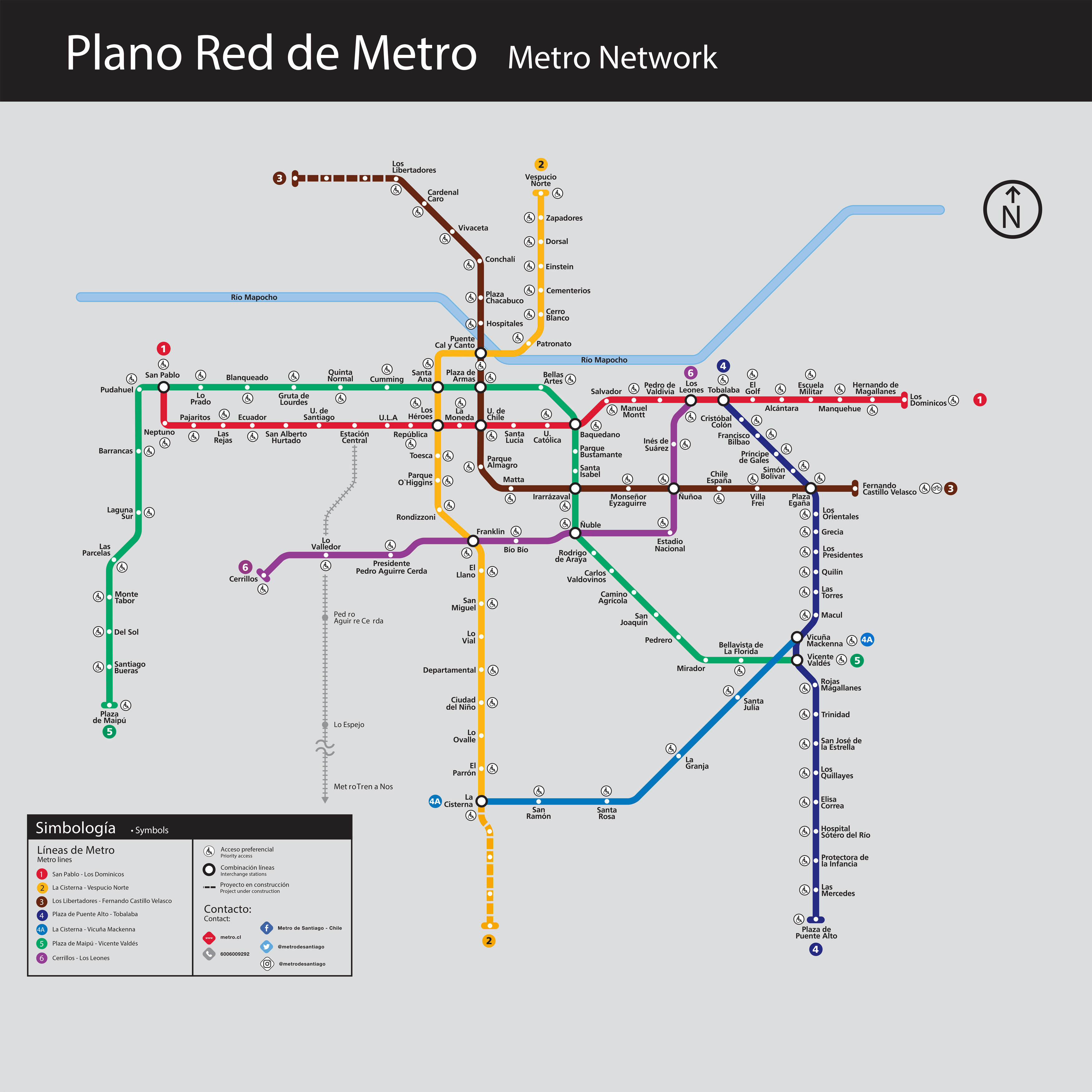The shipping industry is a crucial component of the global economy, with maritime transport responsible for over 90% of the world's trade. Despite the emergence of air transport, sea transport remains a vital part of many manufacturers' supply chains, as it is a cost-effective way to move large amounts of goods and raw materials around the world. Additionally, seaborne trade is often considered more environmentally friendly than air cargo.
The success of the shipping industry relies heavily on shipbrokers, who act as intermediaries between shipowners and charterers. Successful shipbrokers are experts in the shipping industry, with a strong interest in business and a talent for developing innovative approaches and ideas. They are also excellent negotiators and influencers who are committed to delivering excellent results for their clients.
The work of shipbrokers is challenging, often requiring them to work across multiple time zones to keep up with their contacts. Even after a deal is done, the best shipbrokers continue to monitor the movements of cargo and stay up-to-date with trends in the maritime industry and the market sectors they support.
As the shipping industry continues to evolve and adapt to new technology and changing customer needs, the role of shipbrokers will remain essential in ensuring the smooth movement of goods and products around the world.
Ship brokering is a vital aspect of the global shipping industry, connecting ship owners and operators with cargo owners who need to transport their goods by sea. The role of a ship broker is to act as an intermediary between the two parties, negotiating terms and facilitating the transfer of cargo and payment. A ship broker must have a comprehensive understanding of the shipping market, including market trends, regulations, shipping contracts, and maritime law. They must also possess excellent communication and negotiation skills, as well as high levels of professionalism and ethical standards.
The ship brokering process involves identifying the needs of both ship owners and charterers, finding suitable vessels, negotiating terms, drafting and finalizing the charter party agreement, and facilitating the transfer of cargo and payment. There are several types of ship brokering, including dry cargo brokering, tanker brokering, and chartering brokering. Each type requires specialized knowledge of the vessels, cargo markets, regulations, and contracts associated with that type of shipment.
In conclusion, ship brokering is a complex and specialized field that plays a crucial role in ensuring the smooth flow of goods around the world. A ship broker's expertise and professionalism are essential to match the right ship with the right charterer, negotiate terms, and facilitate the transfer of cargo and payment.
In addition, ship brokers must be able to adapt to the constantly evolving nature of the shipping industry, staying up-to-date with the latest technologies and trends. This requires a continuous learning mindset and a willingness to embrace change.









